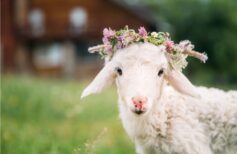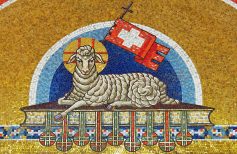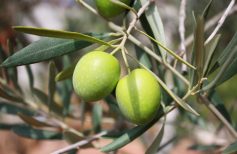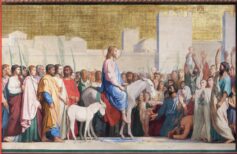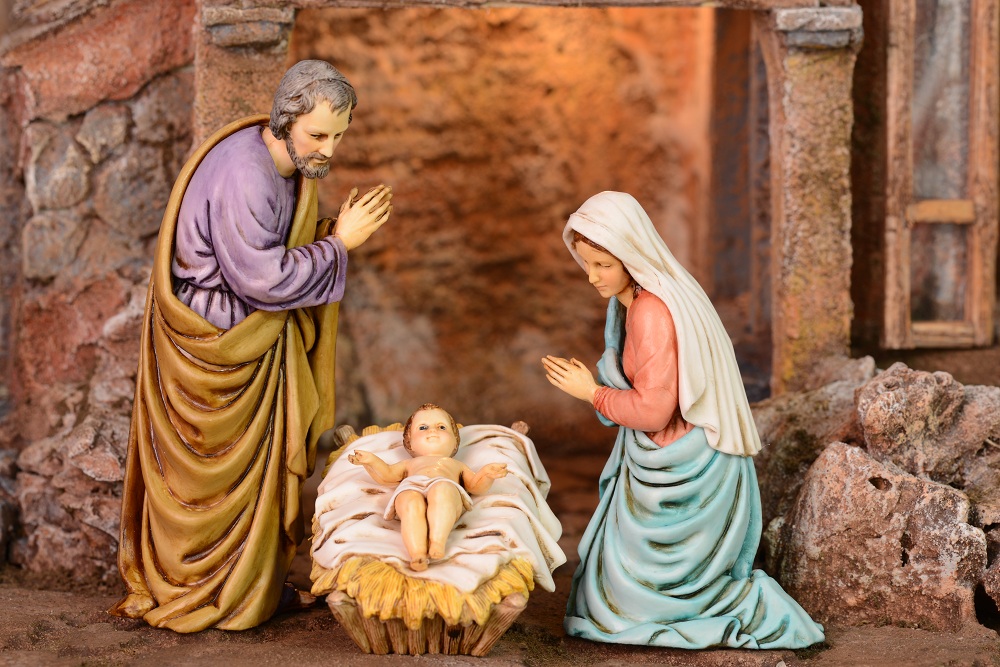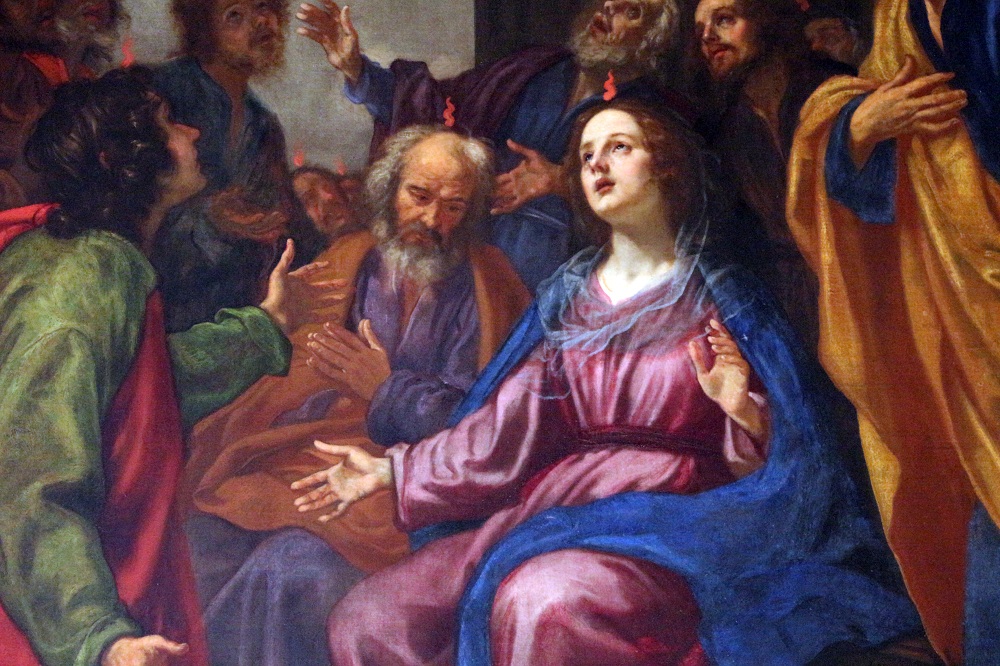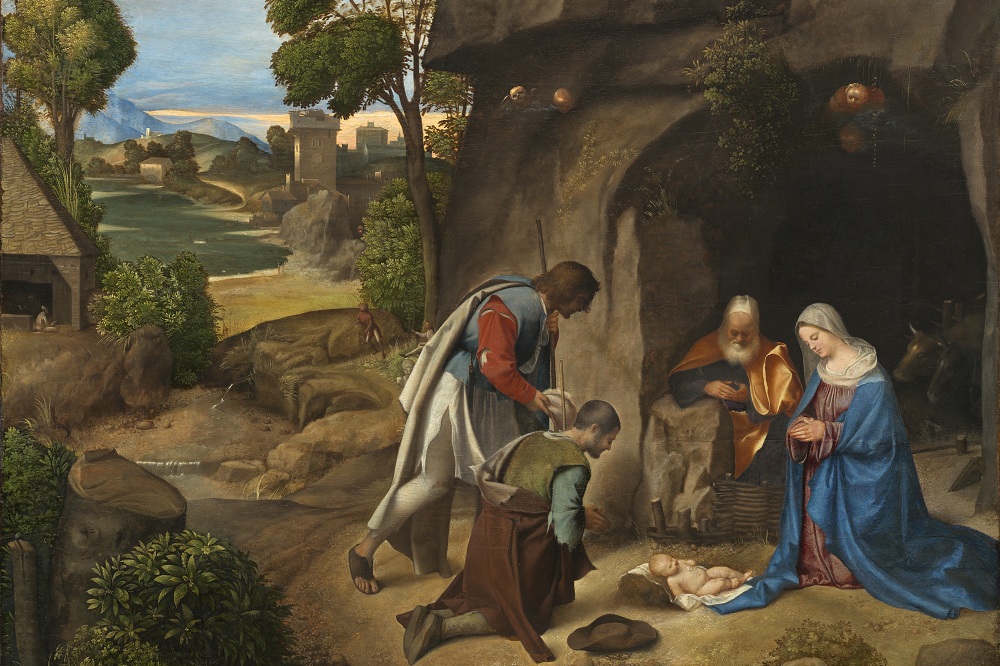Even before the birth of Jesus, the dove was considered an animal with a strong symbolic value. For the Greeks was a symbol of love and a messenger of the goddess Aphrodite. In Egypt, it was used as a shipping bird, to send messages. Among the Jews, it was a sacrificial offering for the poor, who could not afford more expensive sacrifices. It symbolised love, the yearning for God through purification, peace.
At the end of the Flood, a dove sent by Noah, is carrying an olive branch in its beak, giving new hope to decimated humanity. In this sense, the dove appears as a heavenly messenger. In the Bible, the dove is the most mentioned bird, and embodies beauty, tenderness, fidelity of love, but also purity, freedom, and the passionate search for God.
The wails are those of sufferers waiting for a salvation that never comes. In other traditions, it was considered the symbol of the soul of a deceased person. In fact, among the Slav peoples, there was the belief that it was the soul of the deceased from turning into a dove.
With the advent of Christianity, the dove became the symbol of the Holy Spirit. When Jesus was baptised, in fact, it is said that a dove descended on his head. It is a new beginning for man, the renewal of the Covenant with God after the Flood, God’s Love that descends upon men by giving them a hope of salvation and eternity.
Jesus often used the image of the dove, coupled with that of the snake. He told his disciples “Be wise as serpents, harmless as doves.” (Mt 10:16).
The significance of this warning is that you must be smart and cautious to escape deception, but without losing innocence, trust in others. The Christian must live with this dual nature, that of the serpent, intelligent and realistic, and the Dove, ethereal and light, without exceeding in both directions.

